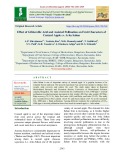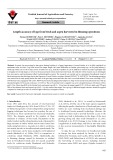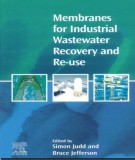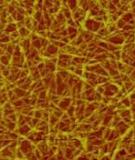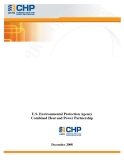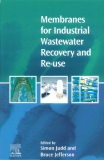
Pulp recovery
-
Arka Sahan is one of important variety of custard apple. It is popular because of its exhalent flavour and taste. The present experiment was carried out mainly to enhance fruit weight, pulp recovery and reduce the seed. The study under taken in Regional Horticultural Research and Extension Station, University of Horticultural Sciences campus, Bengaluru.
 7p
7p  cothumenhmong5
cothumenhmong5
 17-05-2020
17-05-2020
 10
10
 0
0
 Download
Download
-
Accurate log processing by harvesters during bucking is of great importance if round timber is to be fully exploited for maximum value recovery. Logs that exceed the target length can cause difficulties in further processing (e.g., in the pulp industry), while logs which are too short may not be of further use (e.g., boards for pallets).
 6p
6p  danhdanh11
danhdanh11
 11-01-2019
11-01-2019
 14
14
 1
1
 Download
Download
-
(bq) part 1 book "membranes for industrial wastewater recovery and re-use" has contents: introduction (water reuse motivations and barriers, industrial water, membrane technology), membrane technology (the membrane, the process fundamentals, the theory...), industrial waters (the pulp and paper industry, the textile industry, the beverage industry,...).
 189p
189p  bautroibinhyen19
bautroibinhyen19
 02-03-2017
02-03-2017
 56
56
 5
5
 Download
Download
-
Eleven million tonnes of waste are produced yearly by the European pulp and paper industry, of which 70% originates from the production of deinked recycled paper. Wastes are very diverse in composition and consist of rejects, different types of sludges and ashes in mills having on-site incineration treatment. The production of pulp and paper from virgin pulp generates less waste but the waste has similar properties to waste from the production of deinked pulp, although with less inorganics [...].
 50p
50p  loixinloi
loixinloi
 08-05-2013
08-05-2013
 81
81
 8
8
 Download
Download
-
Traditionally non-wood pulps were produced by alkaline processes. Alkaline processes such as soda (Mohta et al. 1998, Tutus & Eroglu 2003, Feng & Alen 2001, Finell & Nilsson 2004, Okayama & Li 1996) and the NACO process (Recchia et al. 1996, Fiala & Nardi 1985, Paul 2001) have been used to produce non-wood pulp in mills. The main problem with alkaline processes for non- wood fibres is that silicates of non-wood plants dissolve during cooking into the cooking liquor.
 29p
29p  loixinloi
loixinloi
 08-05-2013
08-05-2013
 57
57
 7
7
 Download
Download
-
CEF’s assumptions about production growth in the pulp and paper sector drive the expected increase in energy consumption despite the trend of decreasing energy intensity. CEF projections are also based on the assumption that Kraft/sulfite pulping will increase from an 83.7 percent market share in 1994 to an 88.7 percent market share by 2020, with mechanical pulping dropping from 9.6 percent to 5.7 percent, and semi-chemical pulping dropping from 6.7 percent to 5.6 percent.
 139p
139p  loixinloi
loixinloi
 08-05-2013
08-05-2013
 62
62
 3
3
 Download
Download
-
The most spectacular changes in the recent decades have been a radical change in bleaching technology, that minimised the use of chlorine and greatly reduced or avoided altogether the emissions of dioxins (Reinstaller, 2005), and the increase in the use of re- cycled paper as an input in the paper production process. Although less spectacular and more gradually, the pulp and paper industry in Europe has also improved its performance in other environmental dimensions (Berkhout, 2005).
 26p
26p  loixinloi
loixinloi
 08-05-2013
08-05-2013
 60
60
 2
2
 Download
Download
-
Technology-based standards are designed to facilitate the use of known, effective, demonstrated pollution prevention and control technologies. The release standards for new and existing pulp mills in Alberta were adopted after evaluation of technologies and wastewater treatment systems for Alberta pulp and paper mills, and top performing mills throughout the United States and Europe (see Appendix 1). The data for European mills are performance expectations and do not represent the regulatory standards that may be applied.
 47p
47p  loixinloi
loixinloi
 08-05-2013
08-05-2013
 49
49
 2
2
 Download
Download
-
There is increasing political and environmental pressure on industry to clean up the water which it uses in many processes, and to re-use this water where possible. This cleaning is done using specially-developed industrial membranes and this book covers the types and design of membranes, how they work and in which industries they are used. Special attention is paid to the textile, food/ beverage, pharmaceutical, oil and pulp and paper industries where such membranes are in regular use.
 318p
318p  chipmoon
chipmoon
 27-08-2012
27-08-2012
 95
95
 18
18
 Download
Download
CHỦ ĐỀ BẠN MUỐN TÌM









